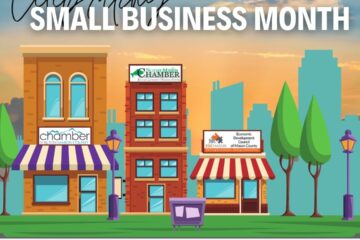Round Two: Paycheck Protection Program
Paycheck Protection Program Act extends application date through May 31.
1. PPP Eligibility is Expanded to prioritize the smallest of small businesses.
The Biden-Harris Administration and SBA announced the agency has eliminated restrictions to businesses with owners who have prior non-financial fraud felony convictions. The SBA has also eliminated the restriction on businesses owned or controlled by owners who have federal student loan debt that is currently delinquent or has defaulted.
2. There’s a new calculation for sole proprietors, independent contractors, and self-employed individuals.
New PPP application forms are now available that allow Schedule C filers to use gross income rather than net income when calculating the PPP loan amount. These revisions are not retroactive. Visit www.sba.gov/ppp or talk to your lender for more details.
3. Use of Individual Taxpayer Identification Number (ITIN) is clarified.
All lawful U.S. residents have access to the PPP. Last week’s announcement clarifies that ITINs are permitted as the identifier for a business owned by a sole proprietor and for a principal. ITINs are issued by the IRS.
4. A 14-day exclusive PPP loan application period for businesses and nonprofits open February 24 – March 9.
This exclusive PPP loan application period is for businesses and nonprofits with fewer than 20 employees. The SBA will continue to accept PPP applications for all eligible borrowers until May 31, 2021 or until appropriated funding is exhausted.
The Paycheck Protection Program checklist:
- Download the application.
- Gather all required and supporting documents. These may include:
2019 tax return – Up-to-date 2019 and 2020 business Profit and Loss statements – bank account statements – third party payroll records – W2/W3 forms and tax forms such as 941 – tax payment receipts, cancelled checks or account statements. - Determine your highest average monthly payroll from either calendar year 2019 or 2020 or the last 12-months prior to the loan application. Gather transfers, ACH, checks, State wage reporting documents for L&I and unemployment, and for employer portions of health insurance and retirement plans.
- Make an appointment with your financial institution to review and submit your application. For help finding a PPP lender, please click here to visit SBA’s Lender Match tool. If you have received a PPP loan and are seeking guidance on forgiveness, please click here.

